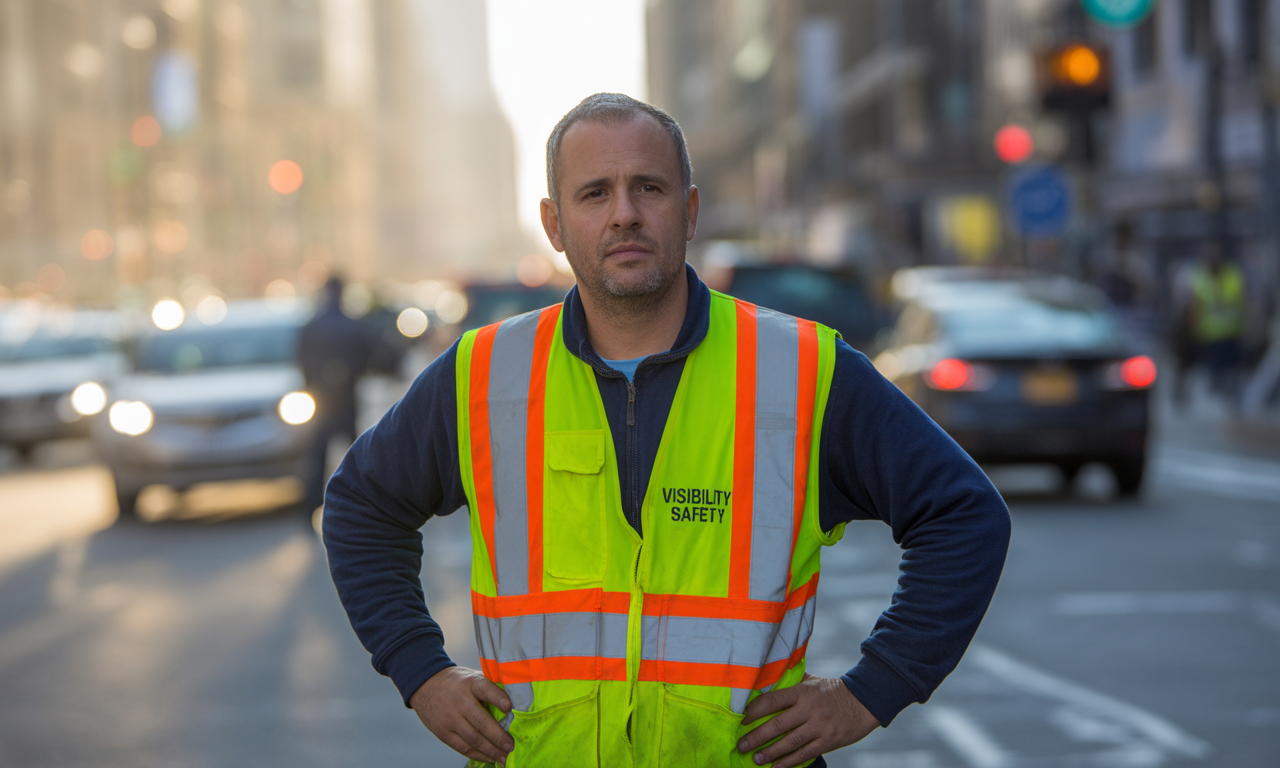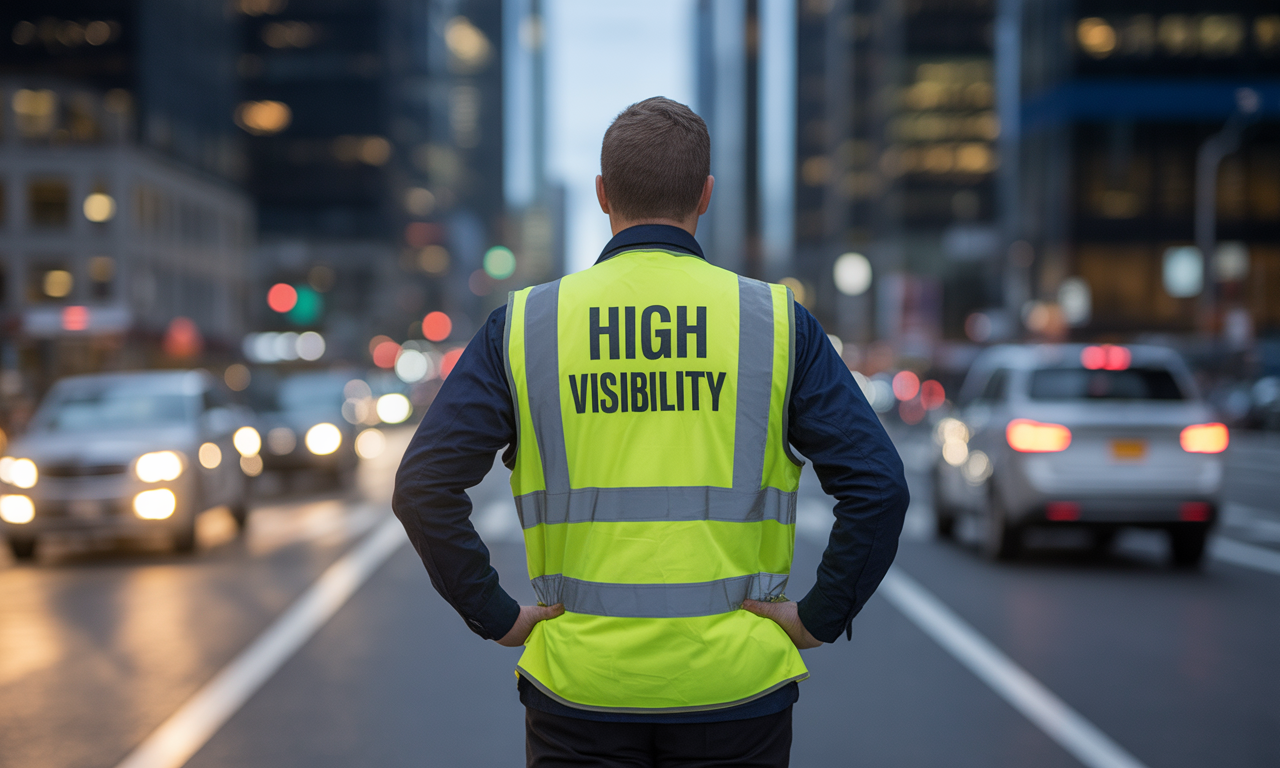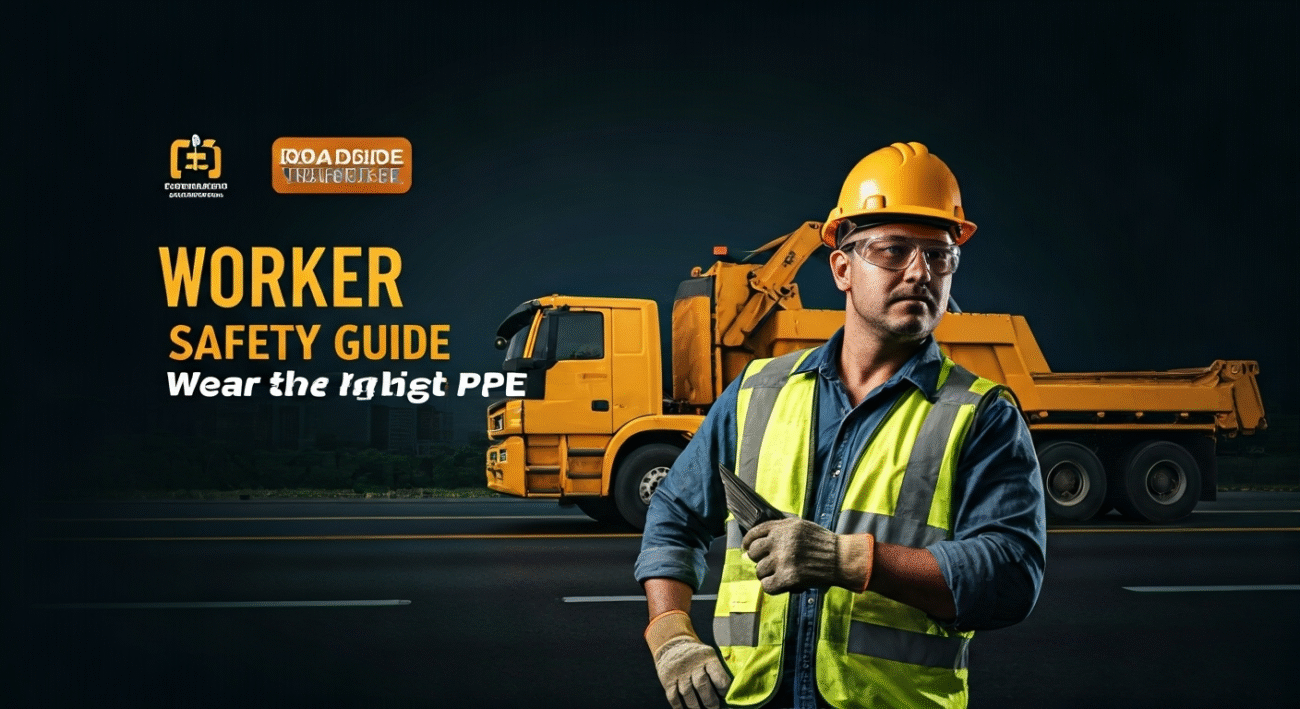Workwear Clothing June 2025 Essential PPE Guide for Roadside Workers – High Visibility Safety Gear and Protection Equipment
 Introduction
Introduction
The safety of roadside workers has always required utmost attention. In June 2025, rapid infrastructure expansion, smart city projects, and evolving roadway technology continue to underscore the undeniable need for robust personal protective equipment (PPE) and high visibility safety apparel. With traffic hazards, extreme weather conditions, and increasingly stringent regulations, the right workwear is no longer optional—it’s essential for saving lives and maximizing job performance.
This guide dives deep into the defining trends, new compliance standards, and must-have PPE for roadside workers in 2025. Whether you’re a highway maintenance professional, utility crew member, or involved in road construction, discover how proper PPE—especially high-visibility safety gear—serves as your best defense. Plus, get expert answers to the most common PPE questions.
Why PPE Is Vital for Roadside Workers in 2025
Working on or near live roads is one of the most high-risk occupations. The ever-present danger from moving traffic, heavy machinery, weather elements, and even distracted drivers makes visibility and protection non-negotiable.
Key Reasons PPE Is Crucial:
- Traffic-related Accidents: Roadside workers are at constant risk from speeding vehicles and impaired drivers, especially in low light.
- Regulatory Pressure: Updated guidelines from OSHA, ANSI/ISEA 107-2024, and local authorities mandate strict PPE compliance.
- Improved Technology: Modern PPE integrates smart features, from reflective fibers to environmental sensors.
- Fatigue & Focus: Bright colors and safety gear help alert both workers and drivers, reducing the chance of mistakes and accidents.
High Visibility Safety Gear for Roadside Workers
High visibility (hi-vis) clothing is the core of any roadside PPE toolkit. It is designed to make workers stand out—day or night, sun or rain. Hi-vis garments feature fluorescent materials for daytime detection and bright, retroreflective strips that shine in headlights at night.
Main Types of High Visibility Clothing
1. High Visibility Safety Vests
- ANSI/ISEA Class 2 & Class 3 Rated: The higher the class, the more visibility.
- Breathable, lightweight, and available with multiple pocket options.
- Zip or Velcro closures for quick donning and removal.
2. Hi-Vis Jackets & Rain Gear
- Weather Protection: Waterproof and wind-resistant options for cold, rainy, or windy days.
- Removable Liners: All-weather functionality.
3. High Visibility Trousers
- Reinforced knees and seat areas for durability.
- Often paired with reflective tape around the lower legs.
4. Safety T-Shirts, Polo Shirts, and Hoodies
- Lightweight, wicking fabrics ideal for warm climates.
- Screen-printed reflective logos or branded elements.
5. Hi-Vis Coveralls and Overalls
- Full-body coverage—vital for certain trade operations and utility work.
- Flame-resistant and chemical-resistant options for specialized environments.
What Makes a Garment “High Visibility”?
In June 2025, ANSI/ISEA 107-2024 standards define three classes of hi-vis clothing:
- Class 1: Minimum visibility (low-speed traffic or sidewalk work).
- Class 2: Medium visibility (barricaded roads, traffic flow under 50 mph).
- Class 3: Maximum visibility (high-speed, multi-lane roadways, emergency scenes).
Always match clothing class to the job site’s hazard level.
Essential Protection Equipment for Roadside Workers
Beyond high-visibility clothing, comprehensive protection means head-to-toe PPE. Here’s what every roadside team needs:
1. Head Protection: Hard Hats & Safety Helmets
- Impact Resistance: Safeguards against falling debris, tools, or vehicle mirrors.
- Hi-Vis & Reflective Options: Enhance worker visibility even further.
- Modern models feature integrated headlamps, chin straps, and ventilation.
2. Eye & Face Protection
- Safety Glasses: Shield against dust, debris, and chemical splashes.
- Face Shields: Extra facial coverage for high-risk tasks (cutting, grinding).
- Look for anti-fog, scratch-resistant, and UV protection coatings.
3. Hearing Protection
- Earplugs or Earmuffs: Required near jackhammers, compactors, or other loud equipment.
- Smart models feature ambient noise awareness or Bluetooth communication.
4. Hand Protection: Work Gloves
- Cut-Resistant Gloves: For handling sharp tools or metal.
- Thermal Insulation: For cold weather or hot surfaces.
- Chemical-Resistant Gloves: If exposed to tar, solvents, or cleaning agents.
5. Foot Protection: Safety Footwear
- Steel Toe, Composite Toe Boots: Protect against crush injuries.
- Slip-Resistant Soles: Essential for greasy roads, rain, or snow.
- Electrical Hazard Protection: For those working near live wires or energized equipment.
6. Respiratory Protection
- Disposable Dust Masks: For light airborne hazards.
- Half- and Full-Face Respirators: When exposed to exhaust fumes or hazardous chemicals.
- Ensure compliance with the latest NIOSH or EN standards.
7. Fall Protection (Where Applicable)
- Safety Harnesses and Lanyards: For elevated roadside work (e.g., bridge construction or repairs).
Emerging Trends in Workwear & PPE for Roadside Workers (2025)
1. Smart PPE Integration
- Embedded Sensors: Monitor heart rate, fatigue, exposure to harmful fumes.
- Wearable Tech: Connected helmets and vests alert supervisors to man-down scenarios.
2. Sustainable Materials
- Recycled polyester in hi-vis clothing reduces environmental impact.
- Biodegradable gloves and environmentally friendly coatings.
3. Customization & Branding
- Company logos and role identification on hi-vis apparel.
- QR codes linking to worker ID, emergency info, or PPE certification status.
4. Enhanced Comfort Features
- Moisture Wicking & Antimicrobial Fabrics: Control sweat and odor.
- Ergonomic Design: Ensures extended wear without chafing or discomfort.
- All-Weather Layering: Systems for rapid adaptation to changing climates.
Regulatory Changes in PPE for Roadside Workers (2025 Update)
What’s New in 2025?
- ANSI/ISEA 107-2024 Compliance: Revised requirements for the size and placement of reflective material.
- Minimum Brightness Standards: Ensuring better day/night visibility even after repeated washing.
- Regular Inspections: PPE must be inspected and replaced more frequently to comply with safety mandates.
Staying Compliant:
- Conduct regular PPE audits. Evaluate all gear’s compliance with current standards every six months.
- Train all workers and supervisors. Ensure correct PPE usage and hazard awareness.
- Keep up with certifications. Ensure all PPE meets or exceeds marks by ANSI, OSHA, and other governing bodies.
Choosing Workwear & PPE: Buying Tips for Teams & Managers
- Assess the Work Zone Hazards: Higher traffic speeds and night work demand higher classes of hi-vis gear.
- Focus on the Fit: Poorly fitted PPE (too loose/tight) is less likely to be worn properly and can compromise safety.
- Supplier Reputation: Work with suppliers who guarantee certification and conduct third-party testing.
- Worker Feedback: Regularly gather input from frontline staff to ensure the gear is comfortable and fit-for-purpose.
- Inventory Management: Implement a PPE management system to track gear numbers, certifications, and expiry dates.
Maintenance & Longevity of Roadside Workwear
Your PPE is only as good as its condition. Here’s how to keep gear in top shape:
- Clean According to Manufacturer Instructions: Most hi-vis clothing should be washed at mild temperatures and never bleached; harsh chemicals reduce the effectiveness of reflective tapes.
- Inspect Regularly: Look for tears, reflective tape delamination, or color fading. Replace worn items immediately.
- Storage: Dry, dark areas extend garment life; avoid prolonged sun exposure when not in use.
Conclusion
High visibility safety clothing and comprehensive PPE save lives—especially for roadside workers constantly exposed to traffic and hazardous conditions. As regulations tighten and technology evolves, June 2025 is the time to audit, upgrade, and educate your team on PPE essentials.
From selecting the right class of hi-vis apparel to integrating smart protective gear, staying ahead of compliance will protect your workforce and reputation. Make workwear PPE a foundation of your safety culture—and remember, vigilance and the right gear are a roadside worker’s frontline defense.
Stay safe. Stay visible. Invest in the future of workwear for June 2025 and beyond.
5 FAQs About Workwear Clothing & PPE for Roadside Workers in 2025
Q1: What is the most important piece of PPE for roadside workers?
A1: High visibility clothing is the single most important PPE item for roadside workers. It ensures they are noticed by drivers in all lighting and weather conditions, dramatically reducing the risk of accidents.
Q2: How often should hi-vis safety gear be replaced?
A2: Replace hi-vis garments at the first sign of fading, tears, or damaged reflective tape. As a rule of thumb, inspect monthly and replace at least annually—or sooner in harsh work environments or following PPE audits.
Q3: Are “smart” PPE items required by law in 2025?
A3: Smart PPE (with integrated sensors or alarms) is not yet universally required by law. However, many large construction firms and DOTs (Departments of Transportation) now recommend or mandate their use for high-risk projects.
Q4: Can I wear personal hi-vis gear bought online, or must it be employer-issued?
A4: PPE must meet ANSI/ISEA 107-2024 compliance and typically should be supplied by the employer, who is responsible for ensuring all workwear meets current regulations. Personal purchases are allowed only if they meet all workplace safety certifications.
Q5: What should I do if my assigned PPE is uncomfortable or doesn’t fit well?
A5: Report the issue to your safety supervisor immediately. Comfort and fit are both vital for safety, and employers are obligated to provide appropriately sized and suitable PPE for all workers under current OSHA regulations.



